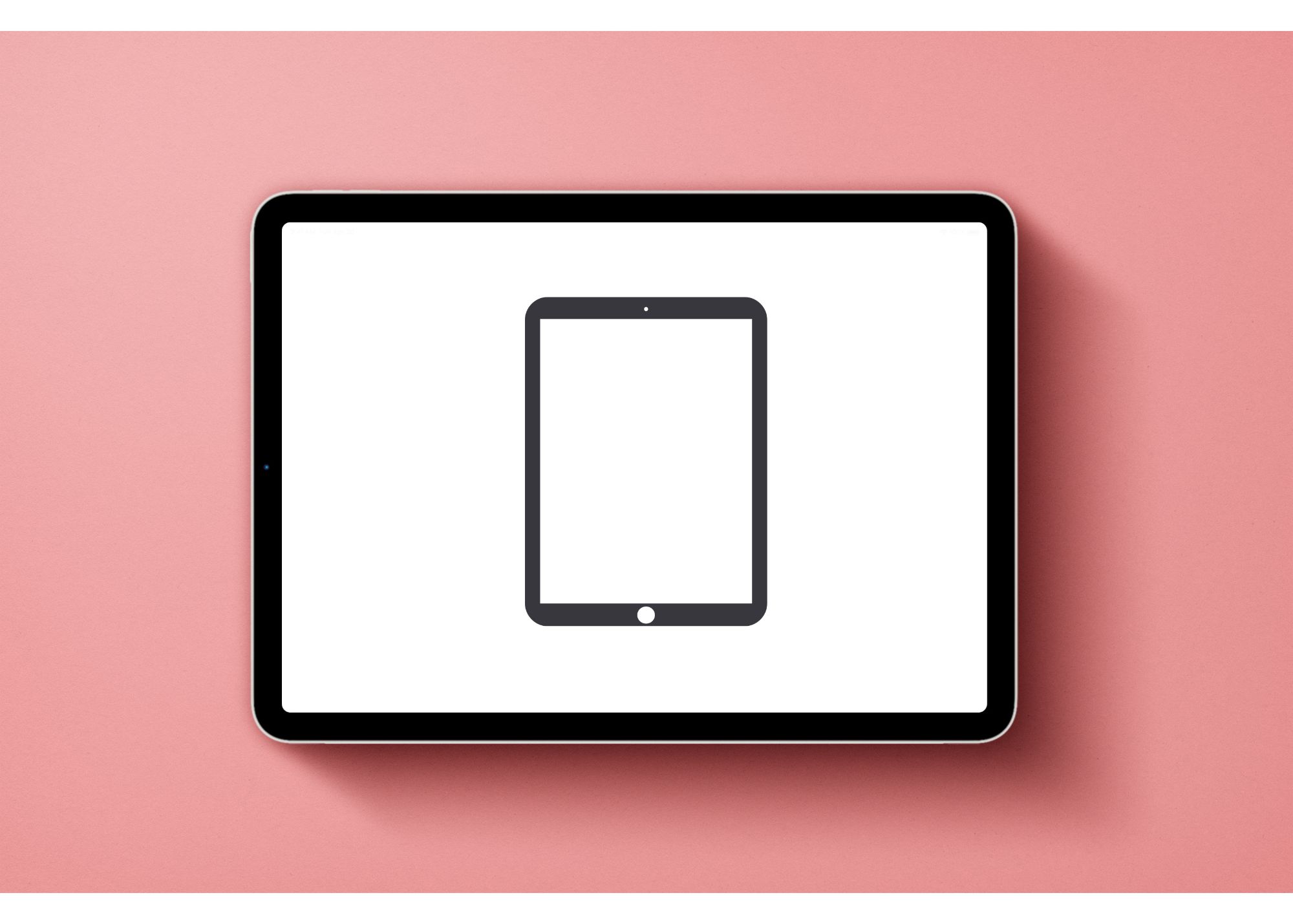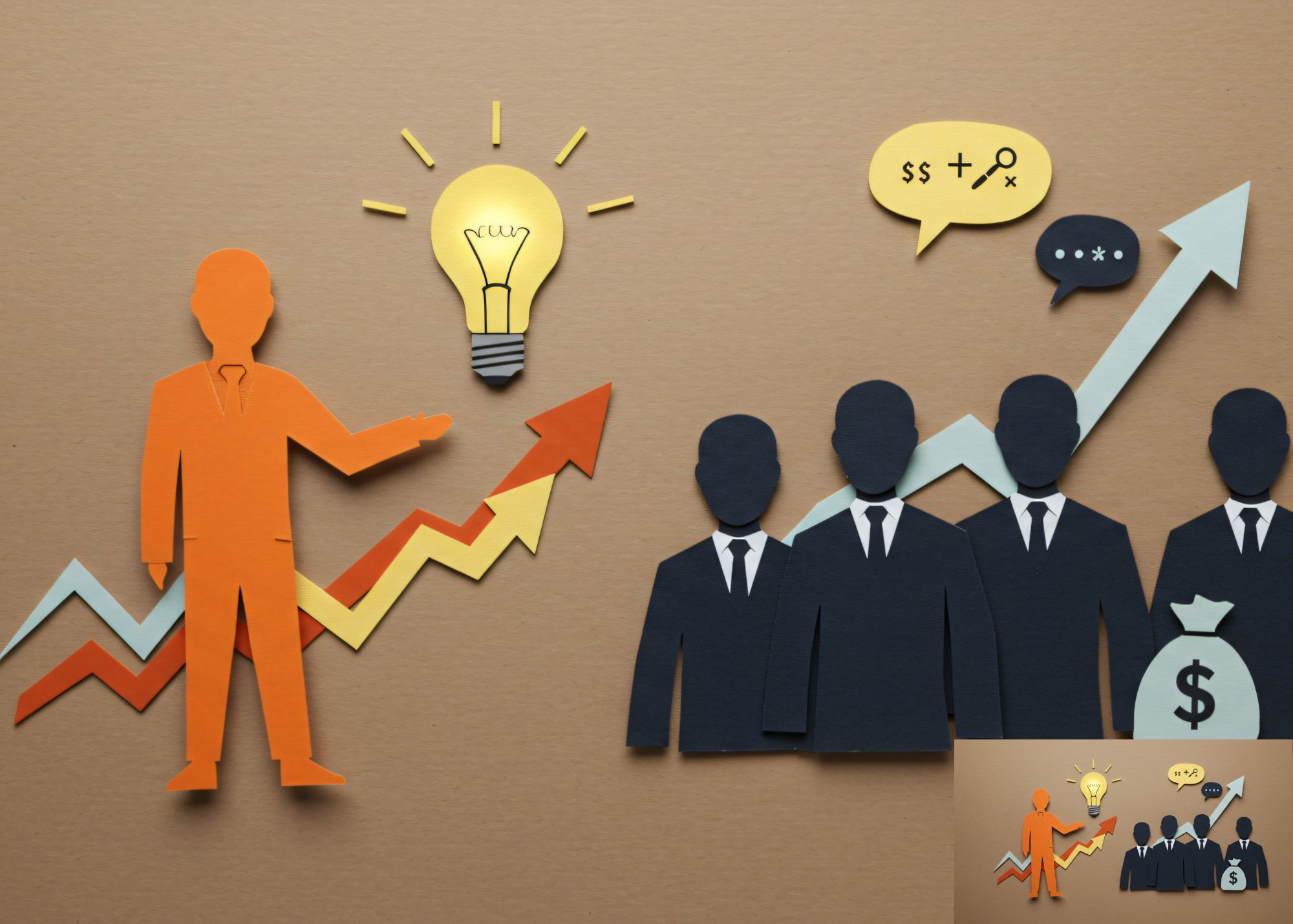Is Apple About to Bail Out Intel?
Big Tech seems to have rediscovered its appetite for Intel, a company that for years has looked more like a laggard than a leader. Billions of dollars are suddenly flowing its way, and the roster of backers is eye-catching.
In the past few weeks alone, the U.S. government committed just shy of $9 billion for roughly a 10% equity stake, SoftBank jumped in with a $2 billion buy, and Nvidia added fuel with a $5 billion investment. Now there’s chatter that Apple might want in, too.
That would be a fascinating twist, given the pair’s long and complicated history.
Key Points
-
The U.S. government, SoftBank, and Nvidia have already invested billions, and now Apple is rumored to be considering a stake.
-
Apple successfully built its own M-series chips and relies on TSMC’s cutting-edge technology.
-
Despite fresh capital, Intel has fallen behind in AI processors, lost foundry momentum, and continues to burn through billions, making Apple’s involvement far more valuable to Intel than to Apple.
A Familiar but Strained Relationship
According to Bloomberg, Intel has approached Apple about an equity investment and even floated the idea of broader collaboration. No dollar figures were mentioned, and sources made it clear these talks are in the “too early to matter” stage. Still, the mere possibility of Apple writing a check is enough to make investors lean forward.
Apple and Intel aren’t strangers. Back in 2006, Apple began using Intel chips to power its Macs. But that relationship eventually soured.
By 2020, Apple launched its homegrown M-series processors, cutting Intel out. By 2023, the last Intel-powered Mac disappeared from shelves.
For Apple, that gamble paid off. Its M1 and M2 chips gave MacBooks best-in-class performance and battery life, so much so that PC sales briefly ticked higher even as the broader market sagged. Intel, meanwhile, was left scrambling to reinvent itself.
Intel’s Bigger Problem
Intel’s challenge isn’t just about losing Apple. The company has been losing share in its core CPU market to AMD, and it has been painfully slow in building chips optimized for AI.
Nvidia saw this shift coming years ago and now dominates AI processors with a market share above 80% in GPUs used for training large AI models.
Intel’s foundry dream of manufacturing chips for others was supposed to be its lifeline. But despite splashy announcements, global foundry market share data shows Intel still doesn’t crack the top three. TSMC controls over half the market, Samsung holds almost 19%, and even GlobalFoundries maintains a stronger commercial footprint than Intel in outsourced manufacturing.
Why Apple Might Care Anyway
On the surface, Apple has little incentive to revisit Intel. Its partnership with TSMC is humming along, giving Apple access to leading-edge 3-nanometer technology for iPhones and Macs. Apple has also sunk billions into designing its own silicon, a bet that is both strategic and cultural, it’s hard to imagine Tim Cook handing the keys back to a supplier it deliberately cut loose.
So why would Apple consider Intel? Politics. Apple has pledged $600 billion dollars in U.S. investments over the next several years, including $100 million this year alone. Directing a slice of that toward Intel could help Apple burnish its image as a patriotic corporate citizen, even if the business case is weak.
Follow the Money
When Bloomberg’s report surfaced, Intel’s stock jumped 6%. Apple’s slipped 1%. That reaction says it all. Wall Street believes Intel desperately needs Apple, while Apple doesn’t need Intel at all.
Intel’s cash problem is stark. Even after raising capital from governments and rivals, it burned through nearly $14 billion in free cash flow last year while spending aggressively on fabs.
Compare that to Apple, which generated nearly $100 billion in free cash flow over the same period. Apple can afford to be choosy; Intel cannot.
The Real Odds of a Deal
It’s worth remembering that Silicon Valley has a long history of oddball partnerships. Google once invested in SpaceX. Microsoft poured billions into OpenAI. Sometimes these deals look strange in the moment but end up as game-changers.
Still, betting on an Apple-Intel reunion feels like a long shot. Apple guards its supply chain with military precision, and Intel doesn’t currently offer technology Apple can’t buy elsewhere, often better and cheaper, from TSMC. If Apple does open its wallet, expect the motivation to be more about Washington than Cupertino.
So, Now What?
Intel has managed to lure capital from governments, sovereign wealth funds, and even competitors, but money alone won’t fix its strategic problems. It has fallen behind on AI, stumbled in foundry ambitions, and lost the loyalty of its biggest former customer.
For Apple shareholders, don’t expect this to be a meaningful storyline. For Intel investors, though, even rumors of Apple interest are enough to spark rallies. That may say more about Intel’s desperation than Apple’s intentions.



